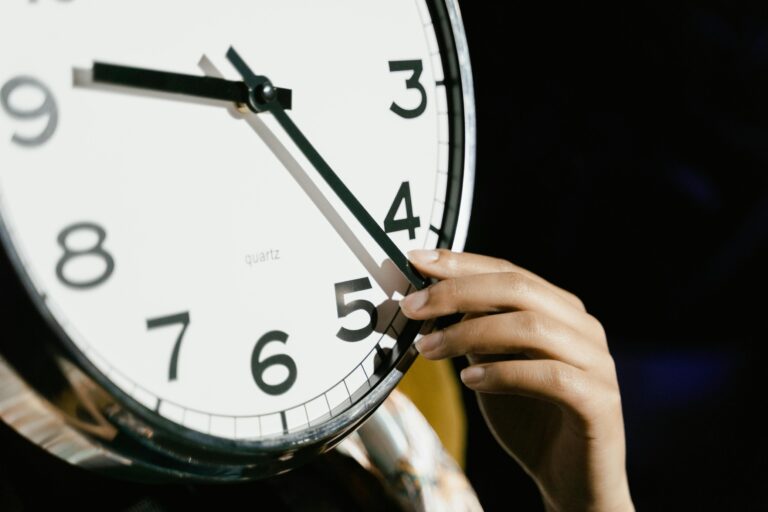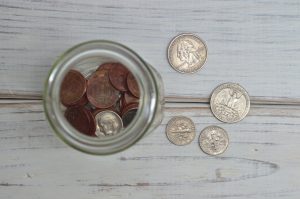Although it’s observed by most of the country, the practice of moving the clocks forward and back for daylight saving time (DST) has costs that have some people, including the U.S. President, calling for an end to the system. Though polls have shown a majority of Americans are in agreement with keeping one consistent time throughout the year, things get tricky when choosing which time we should keep year-round.
Let’s take a look at the tradition of daylight saving, the modern-day costs it poses, and the implications for businesses.
Why do we change our clocks in the first place?
Although it’s a popular one, the belief that DST was implemented to help farmers is incorrect, and ironically, those in the agriculture industry have historically been some of the most vocal critics of the practice.
What we know today as DST actually started as a way to save energy during times of war and was thus referred to as “war time”. Germany was the first country to utilize it in 1916 to save precious fuel (and hence, money) during World War I, and other countries soon followed suit. The practice was revived during World War II and then made a mainstay in the U.S. with the Uniform Time Act of 1966, which established uniform start and end times for DST each year. This act also allowed states to opt out of the process altogether and abide by standard time year-round – a right exercised by most of Arizona, Hawaii, Puerto Rico, and several other U.S. territories. Since it was made law, support for changing clocks has varied over the years, and there have been various efforts to either make DST permanent throughout the year or abolish it altogether.
What it costs
Let’s go back to farmers’ main issue with the switching of the clocks: Living things naturally follow the sun, not man-created time. Changing the time we follow is, therefore, simply hard on the circadian rhythm and can have dire health consequences. Following the “spring forward” each March, there are increased instances of heart attacks, strokes, car accidents, overdoses, suicides, and workplace injuries, all posing significant additional health costs. Even if physical injury is avoided, loss of sleep alone is linked to reduced productivity and more frequent mistakes. All in all, one research company estimated the economic cost of DST across the United States is $672.02 million annually due to accidents and additional health risks.
While the annual return to standard time gives back that coveted extra hour of sleep (and is easier on the body’s internal clock), it also typically means some losses for businesses. When clocks fall back, businesses see a drop in spending. A 2017 report found “shoppers spend 3.5% less in grocery stores, gas stations and at retailers” in the month following the time change.
Why businesses love DST
If the majority of Americans and health professionals prefer standard time, why are there so many proposals to move permanently to DST? The answer is easy: DST is good for business.
With that extra hour of daylight in the evening, people are more likely to go shopping, dine at restaurants, go golfing, use more fuel, have more barbecues, and overall just spend more money. With that, it’s easy to see why businesses might prefer to keep DST over standard time when “lock the clock” discussions arise.
The Sunshine Protection Act would make DST permanent across the U.S, and any states currently on standard time only would be allowed to stay on it. Though it passed the Senate in 2022, it has not been voted on by the House, and several states’ already-approved legislation regarding time changes is on hold unless it passes. The changing of the clocks has a big impact on businesses and consumers each year, and with the Sunshine Protection Act reintroduced in January, there are countless angles for business journalists to pursue to localize this story or approach it from a different beat.







